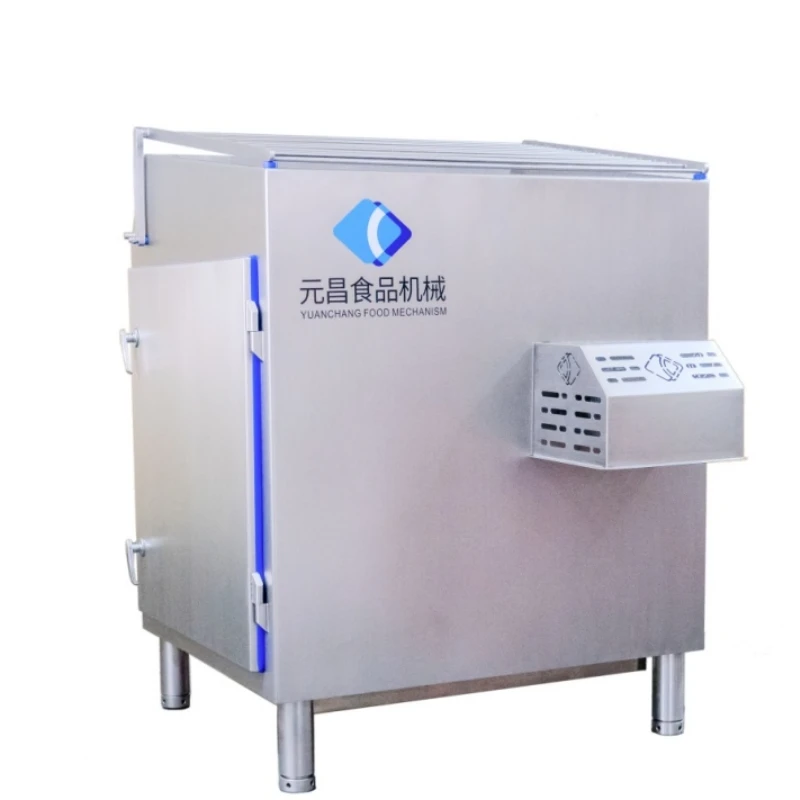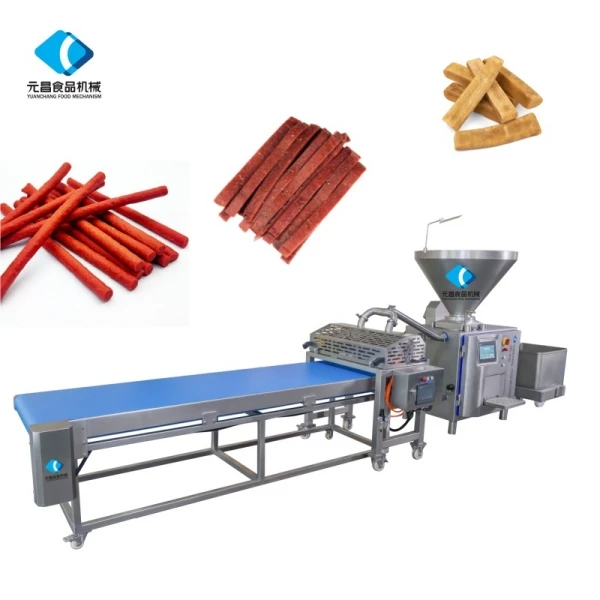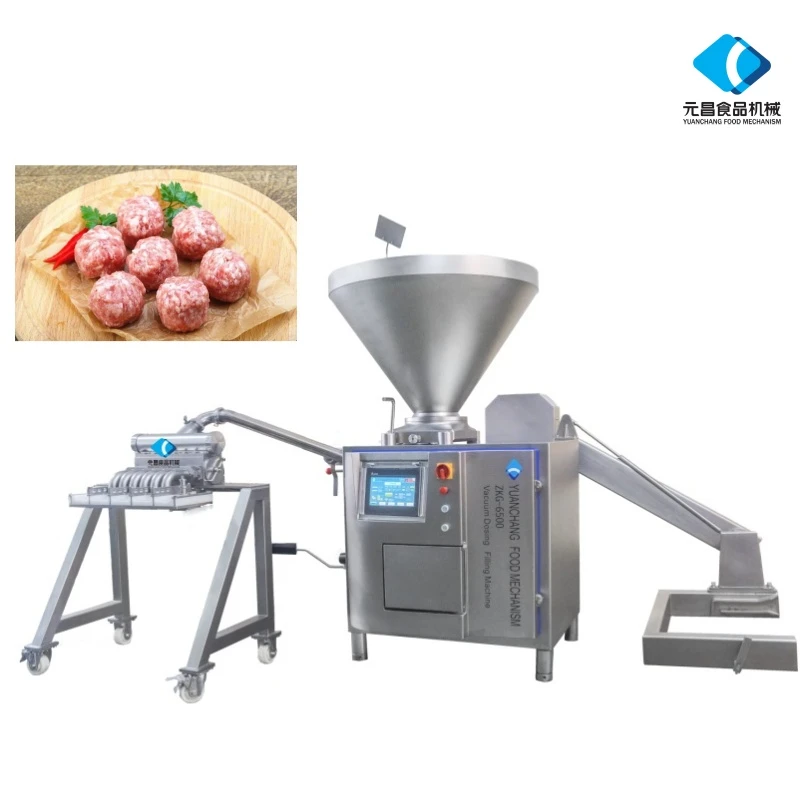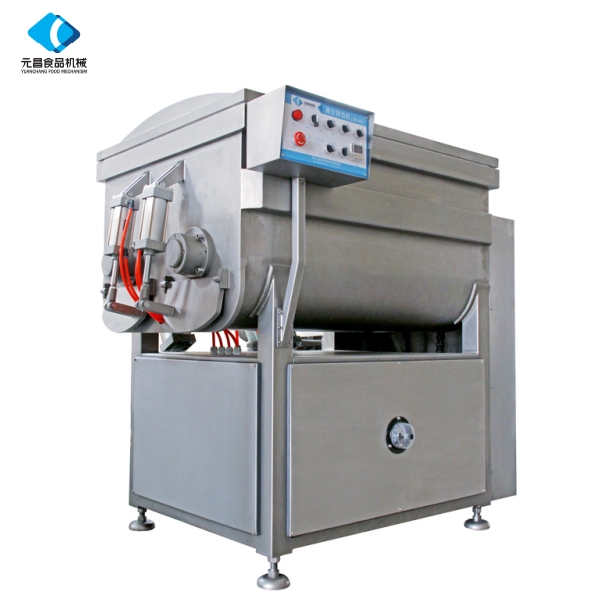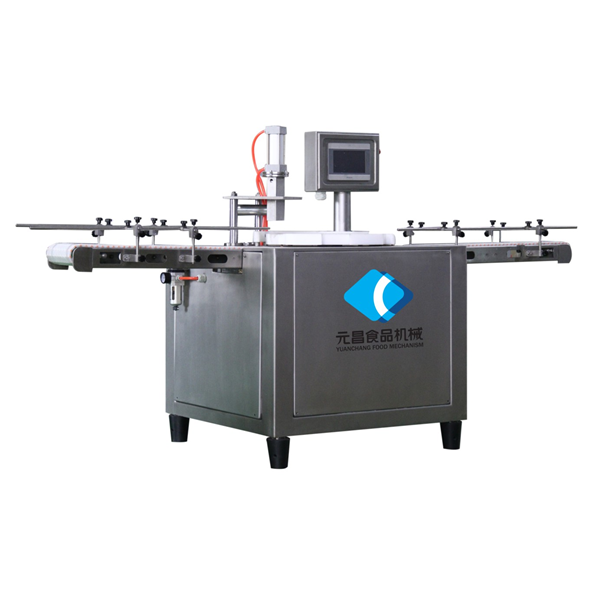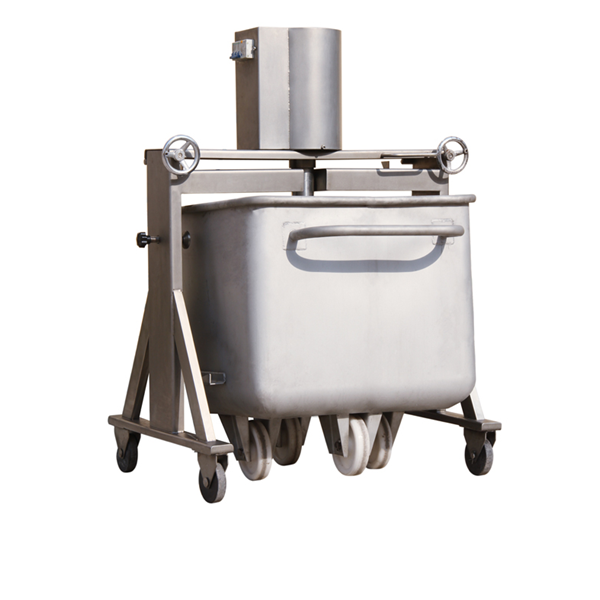- Afrikaans
- Albanian
- Amharic
- Arabic
- Armenian
- Azerbaijani
- Basque
- Belarusian
- Bengali
- Bosnian
- Bulgarian
- Catalan
- Cebuano
- chinese_simplified
- chinese_traditional
- Corsican
- Croatian
- Czech
- Danish
- Dutch
- English
- Esperanto
- Estonian
- Finnish
- French
- Frisian
- Galician
- Georgian
- German
- Greek
- Gujarati
- haitian_creole
- hausa
- hawaiian
- Hebrew
- Hindi
- Miao
- Hungarian
- Icelandic
- igbo
- Indonesian
- irish
- Italian
- Japanese
- Javanese
- Kannada
- kazakh
- Khmer
- Rwandese
- Korean
- Kurdish
- Kyrgyz
- Lao
- Latin
- Latvian
- Lithuanian
- Luxembourgish
- Macedonian
- Malgashi
- Malay
- Malayalam
- Maltese
- Maori
- Marathi
- Mongolian
- Myanmar
- Nepali
- Norwegian
- Norwegian
- Occitan
- Pashto
- Persian
- Polish
- Portuguese
- Punjabi
- Romanian
- Russian
- Samoan
- scottish-gaelic
- Serbian
- Sesotho
- Shona
- Sindhi
- Sinhala
- Slovak
- Slovenian
- Somali
- Spanish
- Sundanese
- Swahili
- Swedish
- Tagalog
- Tajik
- Tamil
- Tatar
- Telugu
- Thai
- Turkish
- Turkmen
- Ukrainian
- Urdu
- Uighur
- Uzbek
- Vietnamese
- Welsh
- Bantu
- Yiddish
- Yoruba
- Zulu
Optimal Meat Storage Equipment for Freshness & Safety
- Fundamentals of Meat Storage Technology
- Economic Impact of Storage Innovations
- Advanced Refrigeration Systems Breakdown
- Major Equipment Manufacturers Compared
- Customization for Different Production Scales
- Case Studies Across Meat Industries
- Sustainable Equipment Innovations

(equipment for storing meat)
Fundamentals of Equipment for Storing Meat
Modern meat preservation relies on precision engineering that extends far beyond basic refrigeration. Temperature-controlled environments between -1°C to 4°C prevent microbial growth while maintaining cellular integrity. Humidity controls within 85-95% RH prevent surface dehydration, a critical factor reducing shrinkage losses by 2-7% according to USDA research. Blast chillers rapidly lower internal temperatures from 60°C to 3°C in under 240 minutes, effectively halting enzymatic degradation. Advanced air circulation systems maintain consistent temperatures within ±0.5°C throughout storage chambers, eliminating thermal pockets that accelerate spoilage. These integrated systems form the backbone of professional meat preservation facilities.
Economic Impact of Storage Innovations
The financial implications of meat storage equipment directly influence profitability across the supply chain. Facility audits reveal inadequate storage causes 12-18% product shrinkage annually. Temperature deviations above 4°C accelerate spoilage rates exponentially - research from Texas A&M demonstrates bacterial loads doubling every 20 minutes above this threshold. By contrast, operations implementing multi-zone cold rooms with real-time monitoring report 37% longer shelf-life averages and 14% reduction in insurance premiums. The Food Marketing Institute calculates that a single percentage point reduction in spoilage saves the average processing plant $92,000 yearly in recovered product value and waste disposal costs.
Advanced Refrigeration Systems Breakdown
Contemporary systems have evolved beyond basic compression refrigeration. Cascade refrigeration units employ dual refrigerant circuits achieving -40°C temperatures for frozen storage while maintaining 40% lower energy consumption than traditional systems. CO₂/NH₃ hybrid refrigerants offer ozone-friendly alternatives with 28% greater thermodynamic efficiency. Antimicrobial copper-evaporator coils inhibit biofilm formation, reducing contamination risks. Eurovent-certified systems feature adaptive defrost cycles preserving temperature stability and variable frequency compressors that adjust cooling capacity within 10-100% ranges. These innovations yield measurable operational advantages:
- Automated humidity injection systems maintain precise vapor pressure differentials
- Phase-change materials in insulated panels provide thermal buffering during power fluctuations
- Touch-free door mechanisms minimize ambient air infiltration
- Predictive maintenance algorithms detecting compressor efficiency declines
Major Equipment Manufacturers Compared
Selecting appropriate storage systems requires careful analysis of technical specifications matched to operational requirements. The table below contrasts key metrics across leading industrial equipment manufacturers:
| Manufacturer | Temp Range (°C) | Energy Use (kWh/m³) | Recovery Time | Warranty | HACCP Integration |
|---|---|---|---|---|---|
| Carrier Transicold | -40 to +15 | 1.08 | 42 minutes | 5 years | Full |
| Thermo King | -35 to +10 | 1.25 | 58 minutes | 4 years | Partial |
| Ingersoll Rand | -30 to +12 | 0.97 | 37 minutes | 7 years | Full |
| Ziegra | -45 to +20 | 1.15 | 63 minutes | 3 years | Partial |
Ingersoll Rand demonstrates superior energy efficiency while Ziegra offers broader temperature flexibility. Recovery time measurements reference internal temperature restoration after full door opening at maximum operating load.
Customization for Different Production Scales
Equipment specification diverges significantly between facility types due to throughput requirements. Small butcheries (<5 ton weekly) benefit from modular cold rooms starting at 8m³ capacity with scroll compressors requiring minimal maintenance. Mid-sized processors incorporate automated loading systems and zoning capabilities separating dry-aged and fresh sections. Industrial facilities implement multi-room configurations with sequential staging chambers where internal temperatures decrease progressively from +7°C to -2°C. Poultry processors require separate blast chillers to prevent cross-contamination from higher microbial loads. Halal-certified operations often incorporate dedicated staging equipment ensuring protocol adherence during post-slaughter handling.
Case Studies Across Meat Industries
Austrian beef processor Bergland implemented a cryogenic tunnel system reducing initial chilling time by 74%. The £1.1M investment yielded complete ROI within 23 months through decreased shrink loss and reduced freezer loading times. Similarly, Smithfield's pork facility reduced energy consumption by 31% after retrofitting Carnot refrigeration systems with heat recovery modules that redirect waste thermal energy to sanitation systems. Canadian bison processor Northern Ranchers extended shelf life by 11 days after installing ultraviolet-air scrubbers and ethylene control units within vacuum-packed sections. These examples demonstrate performance variability across protein types requiring tailored configurations.
Sustainable Equipment for Storing Meat
Environmental regulations increasingly influence equipment design considerations. Current innovations focus on phase-change refrigerants with ultra-low global warming potential - Chemours Opteon XL products demonstrate 76% lower climate impact than traditional hydrofluorocarbons. Solar hybrid systems now power remote cold storage facilities while modern heat exchangers recover 58% of thermal energy for facility heating applications. Leading European manufacturers embed carbon footprint monitors calculating real-time CO₂ equivalent emissions. These developments align with the UN's Cool Coalition initiative targeting 30% efficiency improvements by 2030. As regulations evolve, next-generation equipment will integrate blockchain temperature tracking and predictive maintenance systems utilizing neural networks anticipating component failures 72 hours in advance.

(equipment for storing meat)
FAQS on equipment for storing meat
Here are 5 FAQ groups about meat storage and processing equipment in HTML format:Q: What is essential equipment for storing meat in commercial kitchens?
A: Essential meat storage equipment includes commercial refrigerators, blast chillers, and vacuum sealers. These maintain safe temperatures (below 40°F/4°C), rapidly reduce meat temperature after cooking, and prevent freezer burn during freezing.Q: How does equipment in storing meat prevent spoilage?
A: Meat storage equipment like humidity-controlled cold rooms and cryogenic freezers inhibit bacterial growth. Vacuum packaging machines remove oxygen to slow oxidation, while UV-equipped display cases provide additional protection during retail storage.Q: What features define effective equipment for storing meat long-term?
A: Effective long-term meat storage requires deep freezers maintaining -18°C (0°F) or lower, industrial vacuum sealers for airtight packaging, and inventory management systems with digital temperature logs. These ensure quality preservation for months.Q: Which specialized equipment supports both storage and meat processing?
A: Combination units like refrigerated processing tables, chill-stick blast freezers, and CAS (Controlled Atmosphere Storage) systems allow simultaneous handling and preservation. Stainless steel meat aging cabinets also enable controlled enzymatic processes during storage.Q: How do modern facilities integrate meat processing equipment with storage?
A: Modern facilities use HACCP-compliant conveyor chillers connecting cook lines to frozen storage, automated pallet shuttle systems in cold warehouses, and smart sensors that trigger alarms for temperature deviations in real-time throughout processing and storage zones.-
Top Meat Injection Machine for Precision Marinating & EfficiencyNewsJun.05,2025
-
Heavy-Duty Meat Mixer Fast, Efficient Blending for All MeatsNewsJun.05,2025
-
High-Speed Automatic Chicken Deboning Machine 50kg/hrNewsJun.05,2025
-
Premium Sausage Filling Machines Automatic & EfficientNewsJun.05,2025
-
Top Vegan Food Meat Substitute Tasty Plant-Based Protein!NewsJun.04,2025
-
Advanced Denester Machine Efficient Nest Removal for IndustryNewsJun.04,2025



